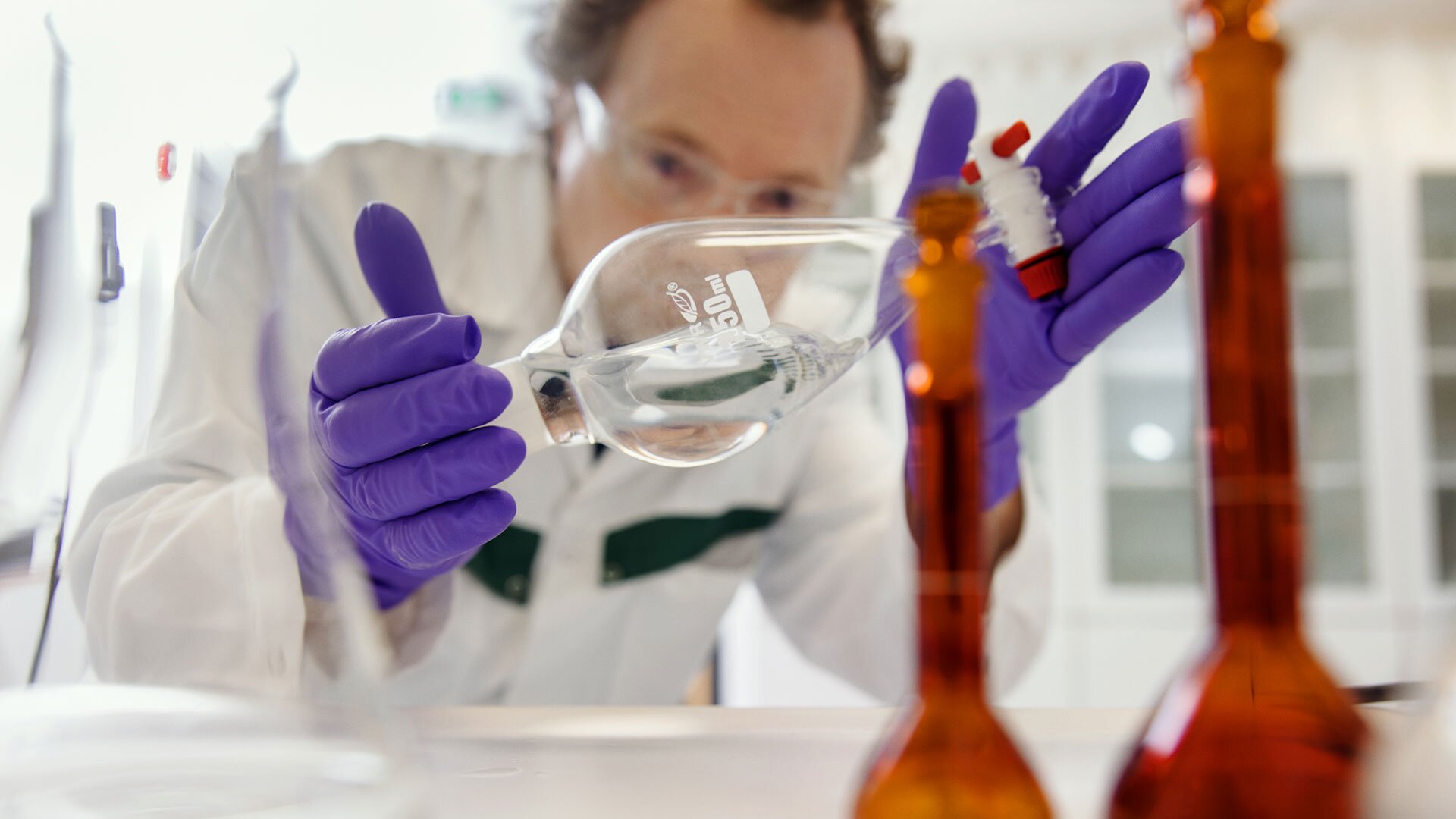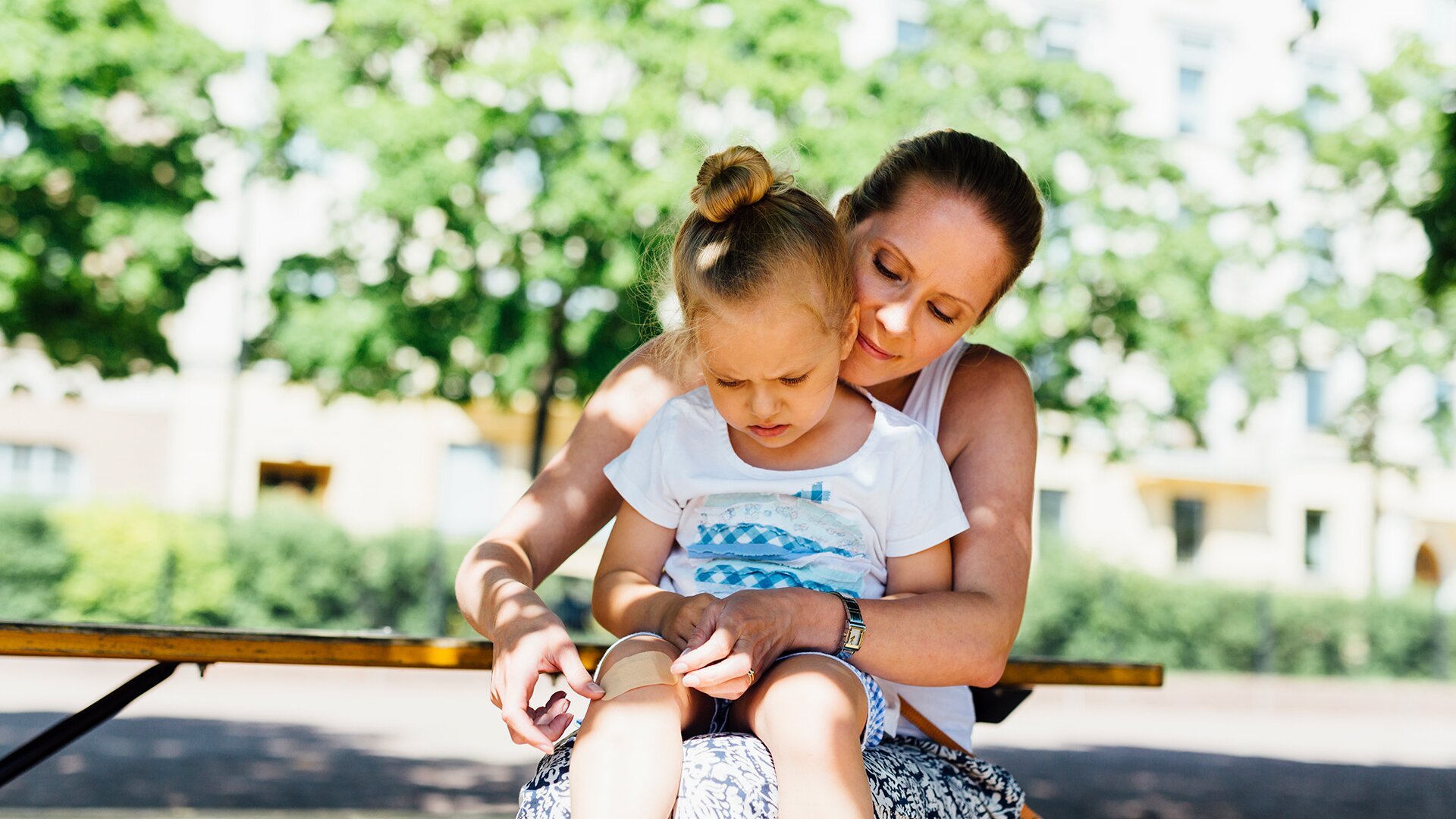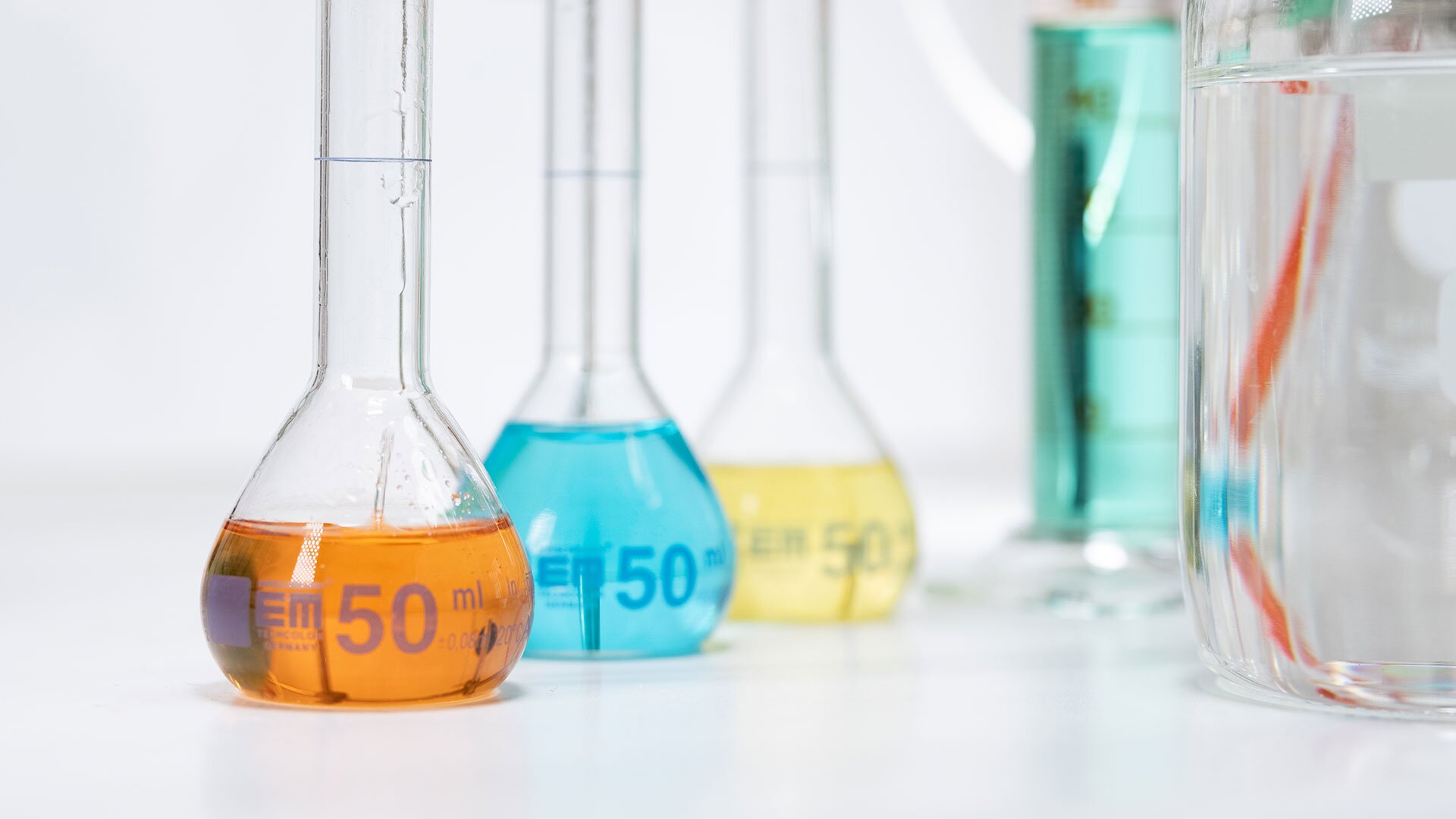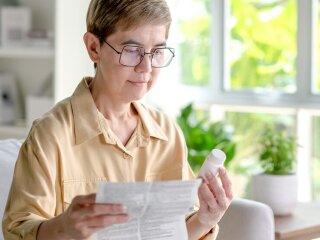1. Why do pharmaceutical products often come in such big packets that are half empty, when the product could easily be packed in a smaller container?
Many pharmaceutical products need to be loosely packed to ensure their designated shelf life and to stay intact during transport and storage.
Tablet containers cannot be filled to the brim, as the tablets could break when the top is screwed on. Some products must also be packed with a desiccant bag, which protects the product against moisture and prolongs its shelf life.
Sometimes the containers are filled with just the prescribed amount of medicine, and some courses are quite short and the required number of tablets small. Liquids are also packed according to the same principles – either the required dosage is small or the product is highly concentrated. It is more economical to manufacture containers only in a limited number of sizes. If there were dozens of different sizes, this would only increase the ecological load of manufacturing and storage.
2. Pharmaceutical products often come in a container or package that is packed in a separate outer carton. Why is this?
There are many reasons for this. The outer carton packaging protects the packaging inside. The packaging inside, which is in direct contact with the pharmaceutical product, may be made of glass and could break easily. Outer cartons are also used for packaging a stack of blisters, which the outer packaging keeps together.
The carton also holds the package leaflet and possibly a measuring spoon or cup for dosing.
The dispensing robots used in many pharmacies are another reason for the types of packaging used. The robots are unable to handle plastic packages or packages that are too small or round in shape. The system requires straight-sided cartons in order to get a firm grip on the item.
3. Why are medicines often packaged in plastic?
The packaging materials are always selected to find the best possible match for the pharmaceutical ingredients.
Usually, plastic is the most appropriate alternative. It is hygienic, malleable and lightweight. It effectively protects pharmaceutical products against external factors affecting the quality of the products, such as moisture and sunlight.
4. Why is there so much text on pharmaceutical packaging?
All text on pharmaceutical packaging is there mainly because of the legal requirements of the authorities.
In the EU, the main guidance on pharmaceutical matters is provided by the European Medicines Agency. Based on this guidance, the Finnish Medicines Agency Fimea issues more detailed requirements for the packaging of products sold in Finland.
The information that must be provided on pharmaceutical packaging includes several serial numbers and product codes, which to a consumer may seem unnecessary. However, they are crucial for accurate tracing of each package of medicines. This helps prevent counterfeit products from entering the markets.
5. Why is the font size on pharmaceutical packaging often too small to read?
The size of pharmaceutical packages is often quite small and yet the amount of mandatory information on packaging is extensive. Sometimes this means that the information must be printed in very small print. However, there is a limit to how small the font size can be: it must not be smaller than 7 pt.
6. Why are some pharmaceutical packages difficult to open?
There are reasons why the packages cannot be too easy to open. If medicine containers were quick and easy to open, it could not be guaranteed that the product has not been opened while on the shelf. This would make tampering with the contents too easy.
The packages must be such that children cannot open them. Some medicines come with special child-proof caps.
Orion makes every effort to find the right balance between safe closure and user-friendliness through frequent testing. We also continually improve our packaging based on customer feedback.
7. Why are pharmaceutical packages sealed with tamper-evident tapes and seals?
The seals are there to prevent unauthorised opening of the container and tampering with the contents before purchase by the customer. Tamper-evident seals are a mandatory feature on pharmaceutical packaging under the EU’s Falsified Medicines Directive. The purpose is to prevent anyone from tampering with the products. This in turn helps ensure that the outer packaging and the codes on it are indeed for the product inside.
8. Blisters are often made of both plastic and metal. Why so, when this makes them difficult to recycle?
Both materials are needed to ensure the designated shelf life for the product. Blisters must be airtight and waterproof, as air or moisture could damage the product.
Tablets are enclosed in blisters using a technology in which a thin aluminium film is pressed together with a PVC plate. This makes the packaging tight.
Empty blisters containing plastic and metal are disposed of as mixed waste. Mixed waste is used in energy production.
9. Why is the colouring of pharmaceutical packaging so boring?
It is important that the entire design of a pharmaceutical product sends a clear message that the product is a medicine.
The package design cannot be too attractive so as not to lead children to think they are sweets.
White is the best background for text and is also the most suitable for the recycling of empty, clean cartons.
10. Why is it necessary to return empty or unused medicinal creams to a pharmacy?
Even when empty, there will still be product residue inside a tube. If the tubes were rinsed under tap, some of the ingredients cannot be purified in waster water treatment plants and would end up in natural bodies of water.
The ecological load of medicine residues affects sensitive ecosystems – that is why even used medicinal cream tubes should be returned to the recycling points at pharmacies.
The questions were answered by Orion’s packaging experts Elli Kultanen, Hanna Bruun and Susanna Salonen.











